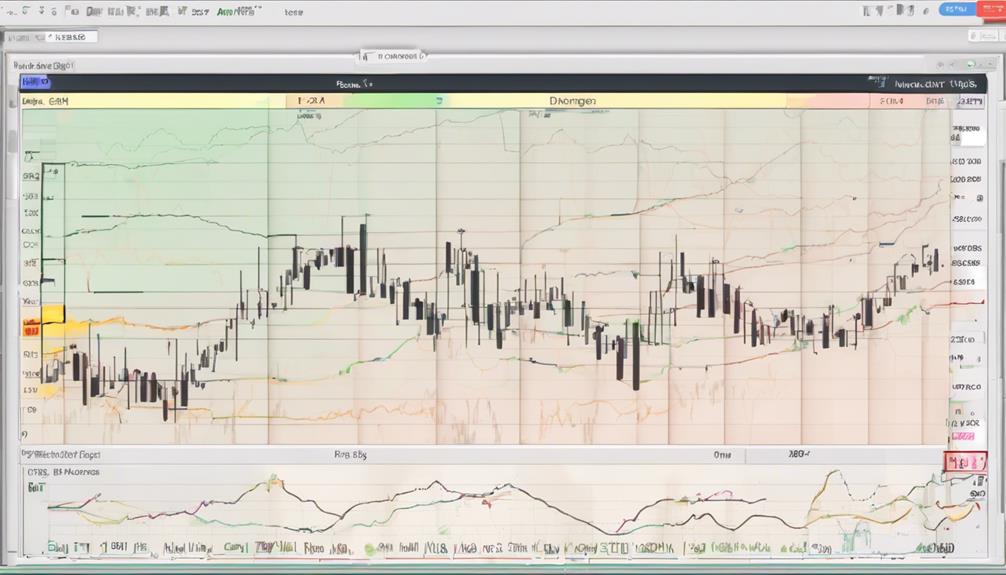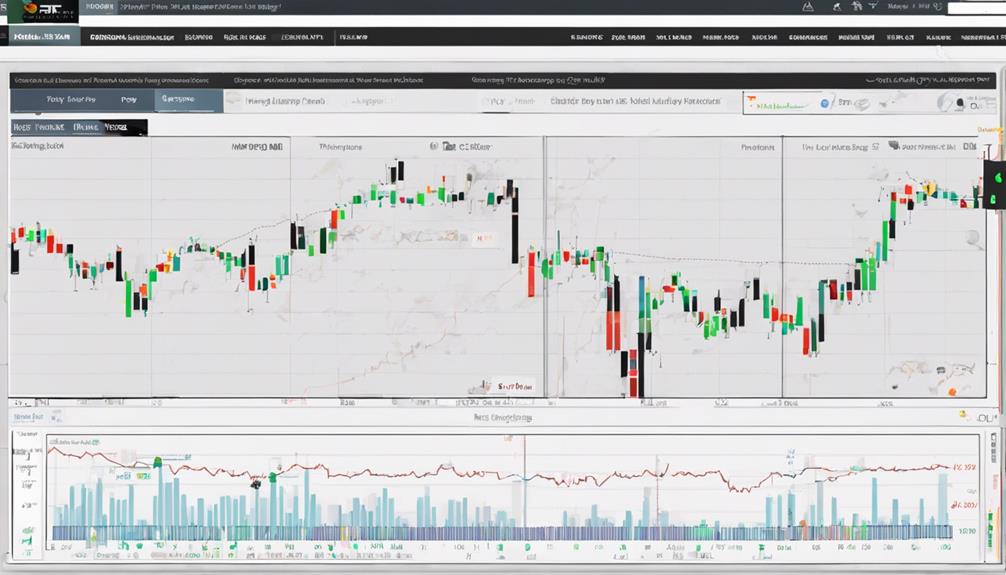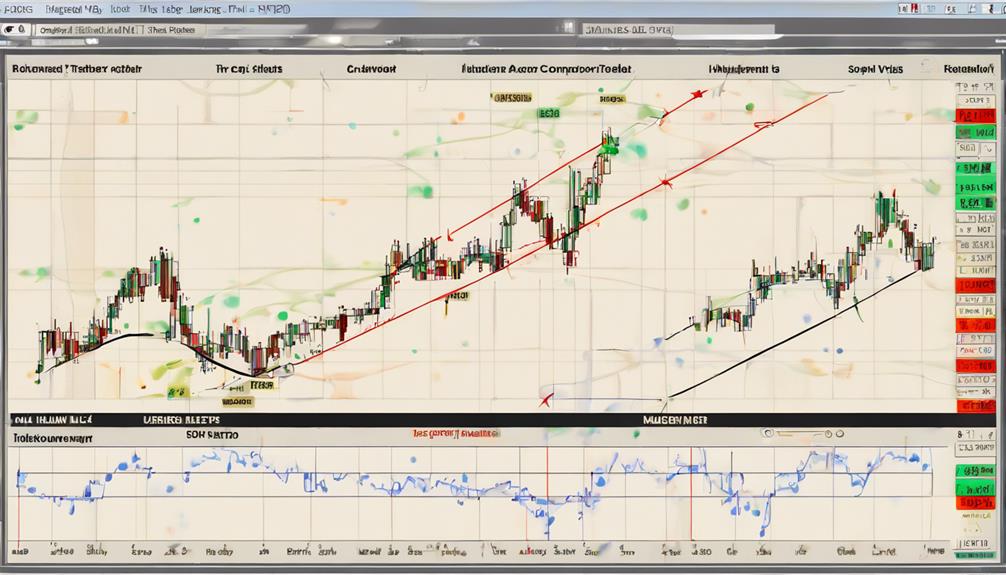If you've ever wondered about the intricacies of the RSI Indicator, you're in the right place. Understanding the nuances of this powerful tool can significantly enhance your trading decisions and overall market analysis.
From basic concepts to advanced strategies, the Complete Guide to RSI Indicator offers a comprehensive roadmap to mastering this essential technical analysis tool. Whether you're a novice trader looking to grasp the basics or an experienced investor seeking to refine your RSI techniques, this guide has something valuable to offer at every level of expertise.
RSI Indicator Overview and Basics
The RSI indicator, developed by J. Welles Wilder in 1978, serves as a vital momentum oscillator in analyzing price movements on a scale of 0 to 100.
Relative Strength Index (RSI) is a key tool for traders, offering insights into market strength and potential trends. By assessing the RSI, traders can gauge the momentum behind price movements, identifying possible bullish or bearish trends.
Moreover, the RSI aids in pinpointing overbought and oversold conditions, typically marked at 70 and 30, respectively. This indicator plays a crucial role in technical analysis, providing valuable information for strategic trading decisions.
Understanding the RSI's basics is fundamental for any trader looking to enhance their market analysis skills.
Calculating and Interpreting RSI

Transitioning from understanding the basics of the RSI indicator, delve into the calculation and interpretation of RSI to harness its full potential in market analysis and trading strategies.
RSI is calculated using the formula RSI = 100 – [100 / (1 + RS)], where RS represents the average of positive changes divided by negative changes. Traders utilize RSI to pinpoint overbought conditions above 70, oversold conditions below 30, and neutral zones between 30-70, offering insights into market momentum.
This momentum oscillator aids in identifying potential trend reversals and buy/sell opportunities by evaluating the speed and changes in price movements. Familiarizing yourself with how RSI is calculated and interpreted is essential for effectively utilizing this tool in your trading endeavors.
Best Settings and Strategies for RSI

To optimize the effectiveness of the RSI indicator in your trading strategies, consider experimenting with different settings and implementing tailored strategies based on market conditions and trends.
The default RSI settings often use a 14-day lookback period for calculations, with thresholds set at 30 for oversold conditions and 70 for overbought conditions. By adjusting these parameters and testing various configurations through backtesting, you can find the best settings that suit your trading style.
Adapting the RSI settings to specific market conditions can help generate more accurate signals for entry and exit points. Remember that optimizing RSI performance requires a strategic approach that aligns with your individual trading preferences and risk tolerance.
Advanced RSI Techniques and Tools

Utilize advanced RSI techniques and tools to enhance your trading strategy and identify key market trends. Here are four key elements to consider:
- RSI trend lines: Utilize RSI trend lines to pinpoint potential price reversal points.
- RSI support and resistance levels: Apply RSI support and resistance levels to confirm trend strength and anticipate potential reversals.
- Failure swings: Watch for failure swings in RSI readings as they can indicate trend reversals and provide entry or exit points for trades.
- Divergences: Keep an eye on divergences between RSI readings and price movements as they can signal shifts in market momentum.
What Are the Benefits of Using RSI and Moving Averages Crossover in Trading?
When it comes to trading, a comprehensive guide on RSI and moving averages crossover is essential. This strategy can help traders identify potential trend reversals and make more informed trading decisions. By using these technical indicators, traders can gain valuable insights into market momentum and price movements.
Common Pitfalls and Limitations of RSI

Navigating the realm of RSI analysis requires a keen awareness of its common pitfalls and limitations.
RSI, as a lagging indicator, is reliant on past price data, making it susceptible to false signals in strong trending markets, potentially resulting in missed opportunities. In range-bound markets with erratic price movements, RSI may not perform effectively, leading to misinterpretations of overbought and oversold levels.
Additionally, gaps in price data can impact the accuracy of RSI signals, requiring traders to consider market conditions comprehensively. Understanding the implications of bearish divergence and the limitations of RSI is crucial for traders to avoid misjudgments and optimize their use of this technical tool.
Frequently Asked Questions
What Is the Best Indicator Strategy for Rsi?
For the best indicator strategy with RSI, consider the failure swing approach. It identifies potential trend reversals when price and RSI movements diverge, offering valuable insights for making informed buy or sell decisions in trading.
How Should I Set up My RSI Indicator?
You set up your RSI with the default 14-day lookback period. Adjust thresholds to 30 for oversold and 70 for overbought. Experiment with settings to suit your style. Adapt based on market conditions. Backtest for optimal config.
What Is the 5 Star RSI Strategy?
In trading, the 5 Star RSI Strategy utilizes specific RSI settings to pinpoint high-probability signals for entry and exit points. It helps filter out false signals, aiding in effective decision-making during market fluctuations.
What Is the 14 RSI Strategy?
In the 14 RSI strategy, you analyze RSI values over a 14-day period. Traders view RSI above 70 as overbought and below 30 as oversold. This method helps spot potential trend shifts and decide on entry/exit points.
Conclusion
You've now mastered the RSI indicator with expert precision and finesse. Your trading strategies are finely tuned, your analysis is sharp, and your profits are soaring to new heights.
With the power of RSI at your fingertips, you're unstoppable in the financial markets. Embrace the RSI tool like a seasoned pro and watch as your success reaches unprecedented levels.
Congratulations on becoming a true RSI master!
